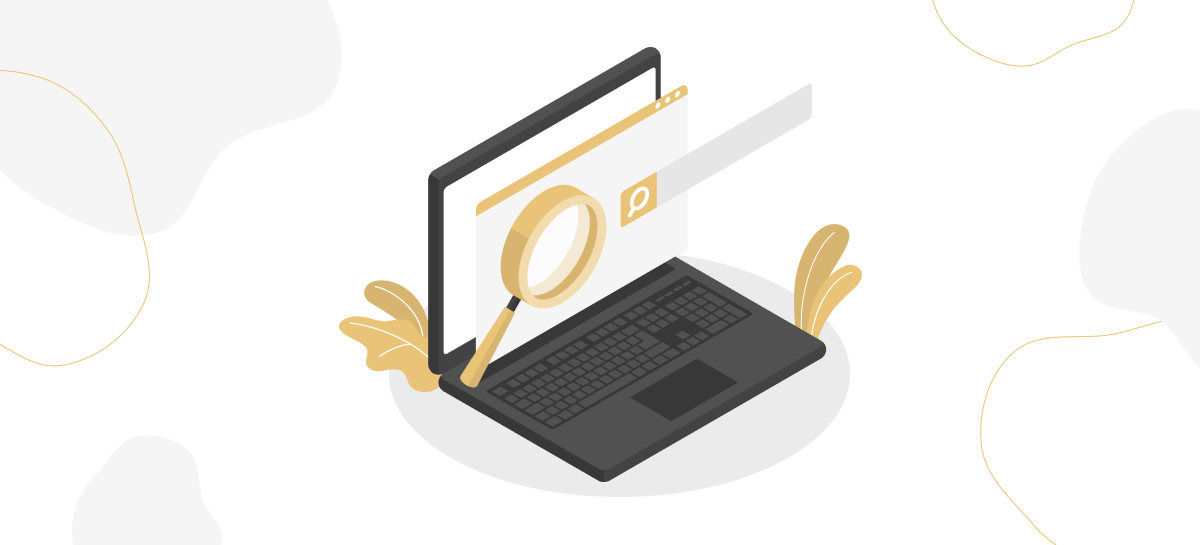
How to Track the Transaction by the Bitcoin Wallet: Is it Possible and How?
In their nature, digital coins don’t exist anywhere, neither in the real world, nor on the computer’s hard drive. All the data about Bitcoin “belongings” are based on transactions between addresses, resulting in a balance decrease or increase. To make the data be correct, it is critical to keep the data about payment procedures safely and reliably. The blockchain (a chain of blocks) exists to make that real. Before the system displays the balance of the certain address, it analyses all the incoming and outgoing payments connected to it.
How can you track bitcoin transactions? Which methods exist to do that and what can any user find out? Read the article to know that.
Wallet Transactions: Main Methods on How to Track Bitcoin
Bitcoin transactions are signed data parts transferred into the network and being the block elements. Every new procedure refers to the previous one and sends a revenue sum of coins to the certain BTC address. Such activities are not encrypted in the network. This means, it is possible to track all the transfers made in it using special resources.
All the transactions in the blockchain network are public. If they want to, anyone can know the following info on the wallet at any moment:
- balance;
- overall number of payments made;
- income and payout amounts throughout the wallet’s existence;
- addresses of storages that transferred funds or accepted the coin transactions.
All the data described above can be tracked on the blockchain.com website. As all the information is open, one only needs to analyze them for tracking. One can check the required wallet for other storages it interacts with, has common transactions, and then see operations initiated for each of the wallets they found. This is the algorithm working for any length of the data path.
BTC Transaction Tracking: Algorithm
It is not complicated to initiate the payment procedure check if one keeps up with the following algorithm:
- Copy the transaction hash.
- Open the any Bitcoin block overview resource.
- Paste the hash into the search line and click Enter.
- If payments are confirmed, the appropriate mark (or the green field color) will be visible; the unconfirmed operations will be marked with the appropriate word or the red color, too.
To find the required info on transactions, one does not need to know the operation’s hash obligatory. It is enough to have the address of at least one deal participant. When entering the address into the search line, the system will display the history of all deals with the participation of that wallet. By knowing the transaction sums and approximate timing, one can find it on the list and then check the wanted data by pressing the txhash.
Tracking the Bitcoin Transaction with Commercial Services
When BTC tracking has to be made quickly or done regularly, initiating the data analysis by hand does not cut it. In this case, one can use special services providing the possibility to track users interacting with each other in the network:
- Blockchain — the most popular and successful blockchain startup. To check payments, you should follow the link https://www.blockchain.com/btc/tx/, and enter the wallet address or transaction hash. After that, you’ll see the info on incoming and outgoing transactions, sums and confirmations. It is also possible to filter the data and choose unconfirmed operations only.
- This service is available only in English, so some miners might find it uncomfortable. To get the required info, one should make steps equal to those from the previous service. The news here is more detailed information on all activities.
- Blockchair — bitcoin transaction tracking is possible via the https://blockchair.com/bitcoin/blocks It functions in English as well, but allows reviewing operations not only in the Bitcoin network but also other cryptocurrencies.
- Blockcypher — to check payment transactions one should click this link https://live.blockcypher.com/btc/. The resource provides standard transaction data. The info is a bit poor here compared with other sites.
Can You Hide from Tracking?
To anonymize operations made with Bitcoin, miners use the popular CoinJoni technology. It unites a set of transactions from different participants into a single payment operation with many outcomes and does not require passing bitcoins to any third party service. Still, one should understand that counter-tracking measures are only partially effective and don’t guarantee complete anonymity with CoinJoin. All incomes and outcomes will definitely be transferred to the network, and every operation will be possible to track it using the coinjoinsudoku instruments.
However, experts recommend not to neglect such measures able to save you from frauds. For instance, specialists advise generating a new address for every new transaction or counteragent, or using storages with closed source codes.